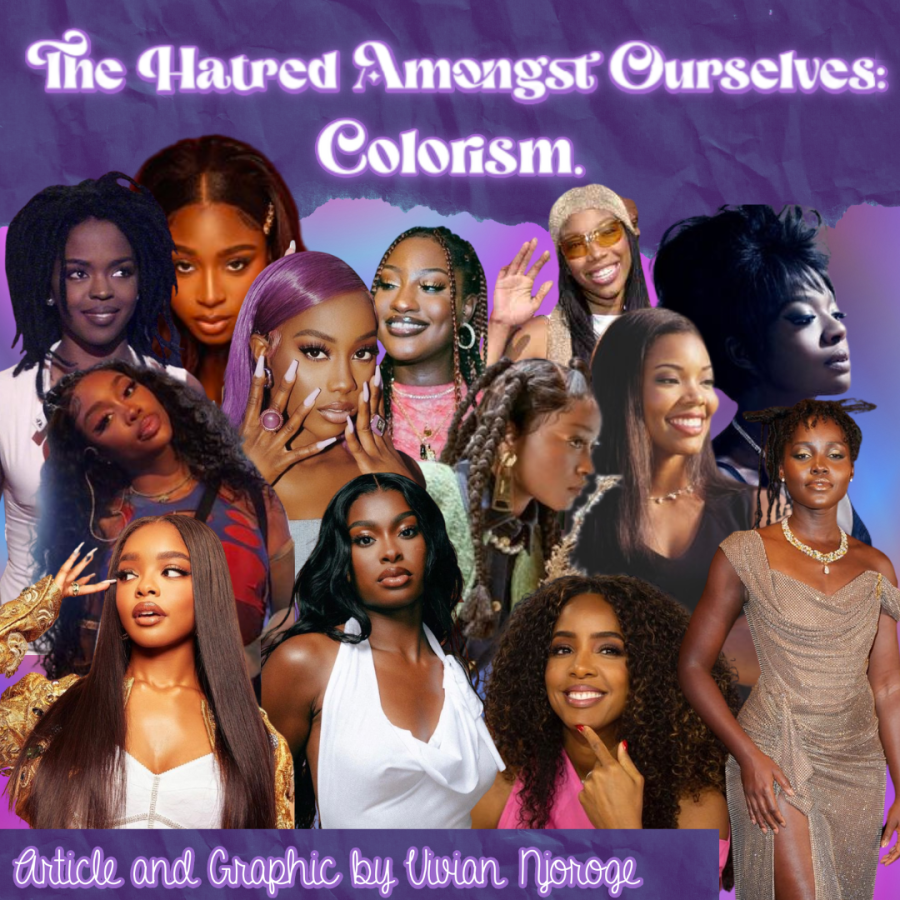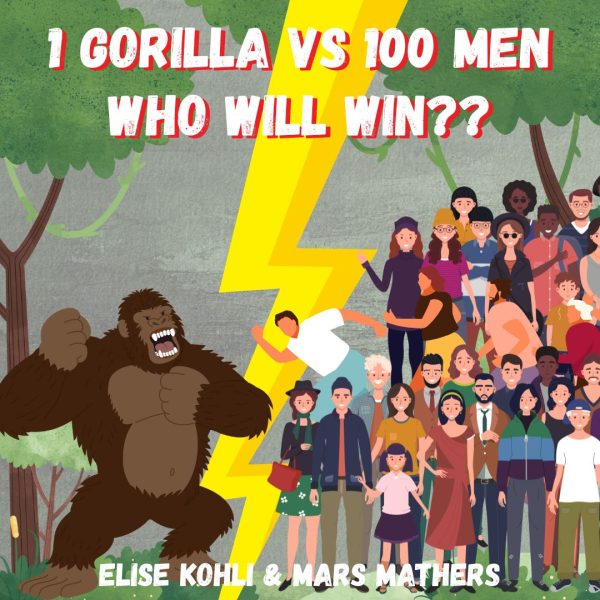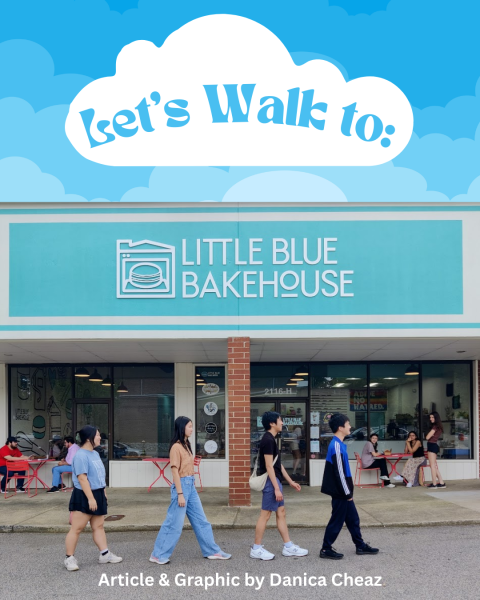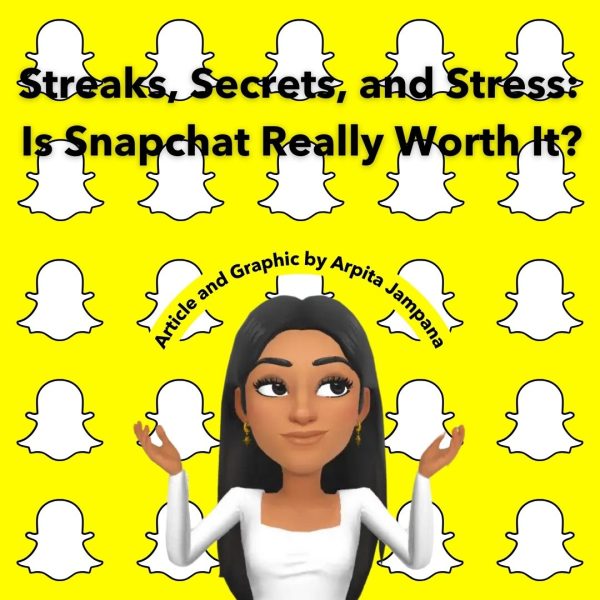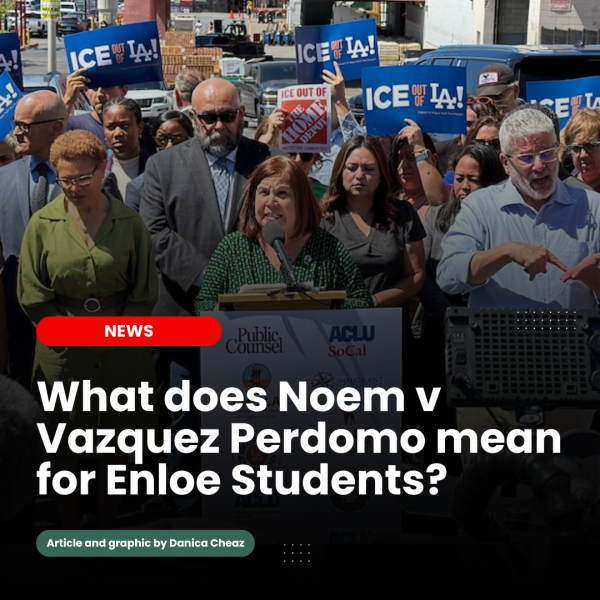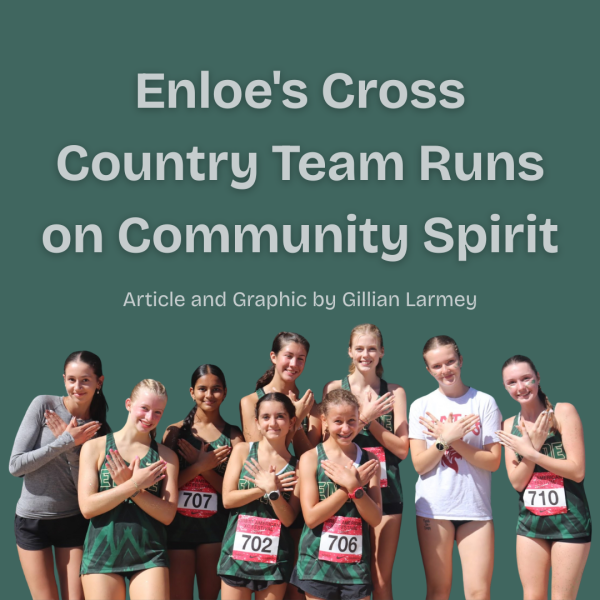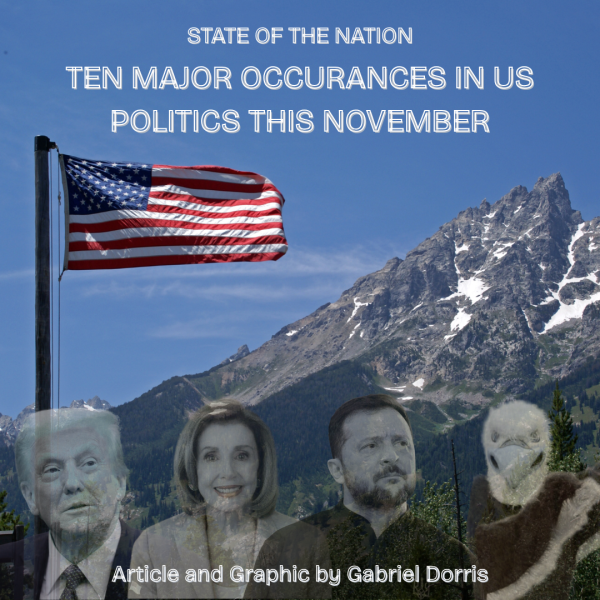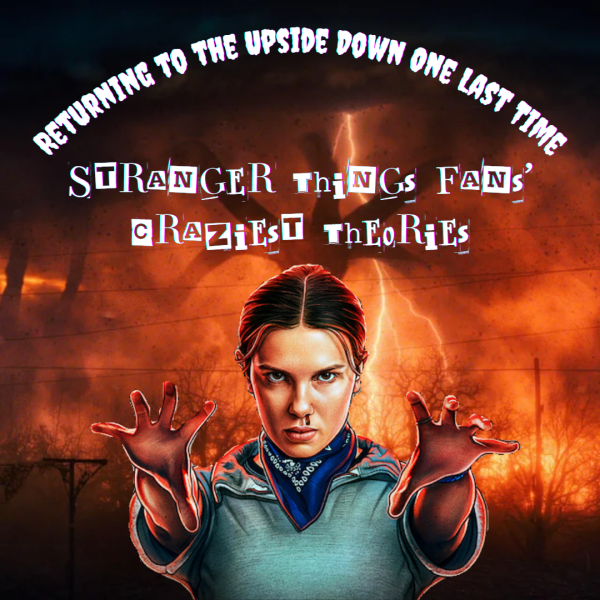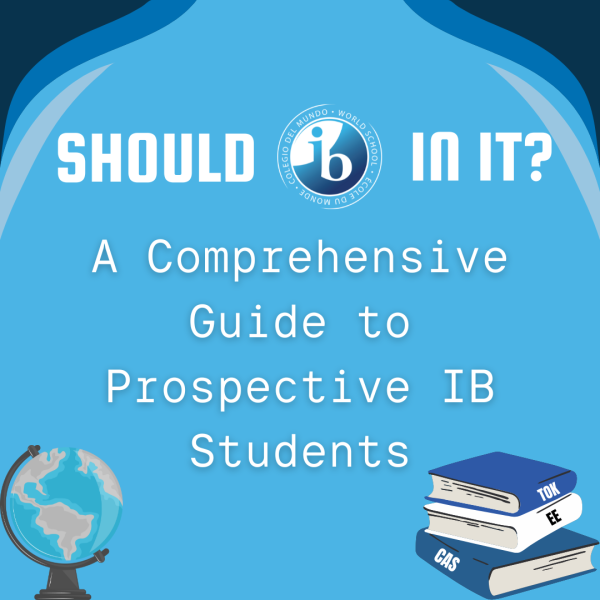The Hatred Amongst Ourselves: Colorism
When I was younger, I didn’t know what colorism was. However, I still knew the implications of my complexion whenever I entered a room. My skin tone sets off different emotions whenever I enter a new space, like one big game of Russian Roulette. If I’m the lightest person in the room, nobody notices me, almost as if I’m not even there, versus when I’m the darkest person in the room, where I get far more glares and almost immediately feel like the odd one out. I never questioned it. It’s just how it was.
What is Colorism?
According to Merriam-Webster, colorism is “prejudice or discrimination within a racial or ethnic group favoring people with lighter skin over those with darker skin.” Colorism can be traced back to how different people were enslaved. Darker-skinned people would work in labor-intensive fields, while lighter-skinned people worked indoors. Slaves who often worked inside their slave owners’ homes tended to receive better living and working conditions than those who worked on plantations. It made being light a desirable trait, setting the foundation for colorism. This hierarchical way of thinking survived many generations and didn’t go away after slavery. In the 1960s, for example, many job opportunities were “off-limits” for dark-skinned African Americans. There was even a test set in place to make sure of this called the Brown Paper Bag test, where a brown bag would be placed against someone’s skin, and if they were darker than the bag, they wouldn’t be allowed to enter or work.
Colorism Is a Multibillion-Dollar Global Industry
Colorism is global. It infects all different types of races and ethnicities. I remember when I was around 9 years old, I was visiting my family in Kenya. I was picking up some groceries at the store, and right next to the toothpaste was a “Jaribu Skin Lightening Lotion.” It was so casually placed that I almost didn’t notice it was there. It was a common thing in Kenya to have skin bleaching at someone’s convenience. Right next to the toothpaste among other necessities. Was it necessary to be lighter? These types of products are dominating the beauty industry across the globe. It’s simply a business transaction. Big industries provide skin-lightening products (proven to cause harm) and customers provide the cash in hopes of moving up in society.
Colorism is also a huge issue within the Asian community. In an article published by NPR, it says “In India, colorism is rampant. Darker-skinned Indians, especially women, face discrimination at work, at school — even in love.” The majority of bleaching creams are cultivated in India, “[World Health Organization] estimates that lightening products amount to about a $500 million industry in India alone.” What’s also shocking is that some of these products even come with swatch cards so that people can determine how light they want to go. It’s sad. And unfortunately, these types of things continue today.
How does it affect us?
Colorism sets the foundation for economic stratification within minority groups. A study conducted by the National Institutes of Health shows that hourly wages among minorities rise as skin tone lightens. The study says that lighter-skinned minorities are viewed as more intelligent by employers, even with identical levels of education, than their darker skin peers.
Not only are we seeing the influences of colorism in employment, but also within motion pictures. Darker-skinned people are systematically under-represented in the media. Recently Sydney Agudong was cast as Nani in Disney’s live-action adaptation of “Lilo & Stitch.” For those who don’t know, Nani in the original Disney movie is a darker-skinned Hawaiian, and though Agudong is half-Hawaiian, she is white-passing. Big companies like Disney will do this time and time again where they are biased towards picking lighter-skinned people. In an interview with Tanae Hockaday, a Junior at Enloe, she says “ Seeing how dark-skinned people are treated in the media makes me feel sad and upset because I don’t feel like we deserve that, we can’t help the way we look.”
When we think about the issues of colorism, we have to remember all the people it’s impacted. I interviewed my cousin, Purity Waithira, who I’ve witnessed firsthand being bullied because of her darker complexion. She says, “I didn’t understand why my skin color disqualified me from being someone’s friend. I couldn’t see the beauty in myself no matter how hard I tried because ‘my skin color was holding me back.’ As I grew older I got more friends who were the same color as me and I realized that if I could see the beauty in them, I should be able to see it in myself as well.” I also interviewed Katshia Antonio, who is a black creator on Tiktok. As a follower of hers, it’s hard not to notice all of the weird comments she receives about her skin. I asked her about the journey to loving her skin, she said, “Surrounding myself with people that looked like me and making sure that my social media around me reflected that. We build our own social media and what we want to see, what type of people we want to influence us. So of course supporting more black people and just being pro-black. And seeing more black people on my for you page or my explorer page, helped me gain confidence.” That, to me, is the type of solution that is going to help slow down the impacts of colorism.
Growing up, I was always taught to love my skin. “Your skin is a huge part of being you. [Your skin] encapsulates your excellence. It’s rich with melanin creating your own special shade of brown. When the sun kisses you your skin glows, almost as if it’s made of gold. No matter what shade you are, you are beautiful. And I will always love you.”, quote by Philomena Njoroge (my mother). If only people would live by my mother’s mantra. Then maybe— just maybe— it would end the hatred amongst ourselves.
Your donation will support the student journalists of Enloe Magnet High School, allowing us to cover our annual website costs. We are extremely grateful for any contribution, big or small!
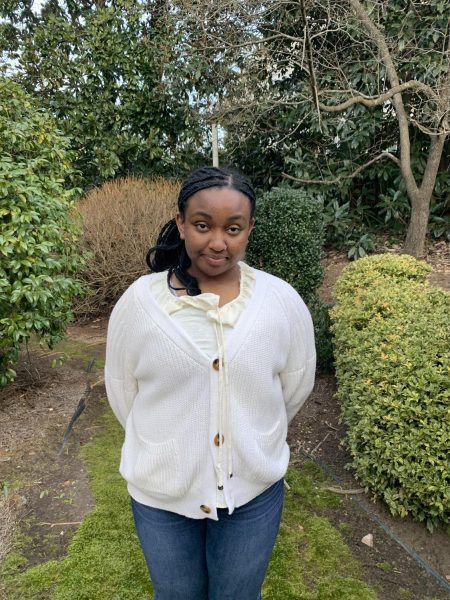
Vivian Njoroge is a senior, and it's her third year on the Eagle's Eye staff. It's also her second year as a graphics editor. Njoroge enjoys making changes...


